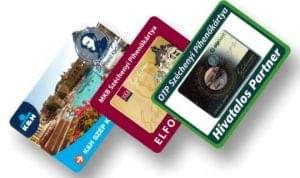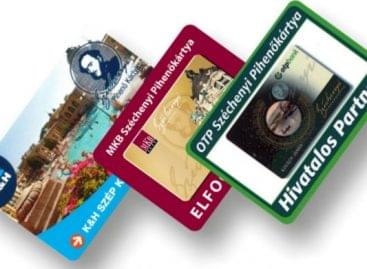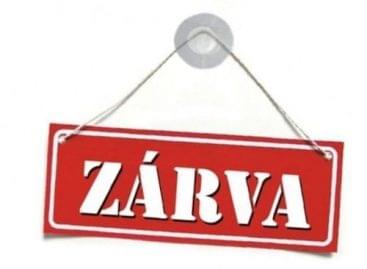Another sales tax is the SZÉP card transaction fee in retail
The National Trade Association welcomes the extension of the SZÉP card’s usability to the purchase of cold food. The decision can both help the population in purchasing basic food and, by stimulating retail turnover, contribute to the Hungarian economy recovering from zero growth by increasing consumption.
 The enthusiasm of retail players – especially rural shopkeepers – would be even greater if the transaction cost of SZÉP card purchases were not 3.6 percent, because this level is about 3 percentage points higher than that of standard payment transactions. The unusually high cost in retail originally burdens SZÉP card payments because the fees received from this mostly enrich the Hungarian Tourism Association Foundation (MTSZA), which reinvests the fees received into the development of Hungarian tourism. According to the original concept, by paying the surcharge, the acceptance points contribute to improving the operating conditions of their own sector. Retail, on the other hand, is not a beneficiary of the MTSZA’s spending and does not directly participate in the development of Hungarian tourism, so the fee acts as another sales tax in trade.
The enthusiasm of retail players – especially rural shopkeepers – would be even greater if the transaction cost of SZÉP card purchases were not 3.6 percent, because this level is about 3 percentage points higher than that of standard payment transactions. The unusually high cost in retail originally burdens SZÉP card payments because the fees received from this mostly enrich the Hungarian Tourism Association Foundation (MTSZA), which reinvests the fees received into the development of Hungarian tourism. According to the original concept, by paying the surcharge, the acceptance points contribute to improving the operating conditions of their own sector. Retail, on the other hand, is not a beneficiary of the MTSZA’s spending and does not directly participate in the development of Hungarian tourism, so the fee acts as another sales tax in trade.
The amount of the tax is not small either. The transaction cost is paid on the price of the products plus VAT, just like the 4.5 percent special retail tax. The additional burden of the retail tax and SZÉP card transactions together is 7.5 percent, which takes away a significant part of the retail margin even under normal circumstances, but for example, three quarters of the 10 percent margin in the case of a margin-stop product. This is an extreme burden, leaving only a 2.5 percent margin after the payment of margin-stop products with a SZÉP card. This should cover the salaries of employees, logistics, infrastructure and overhead costs. Such efficiency cannot be expected even from the best-performing large retail chains, meaning that SZÉP card payments lead to price increases, and in the case of products with a margin cap, they clearly lead to losses.
The National Retail Federation therefore recommends that SZÉP cards used in retail should not be charged the 50 percent fee that must be paid to the MTSZA. This way, the current maximum 3.6 percent transaction fee paid to the payment service provider for cold food purchases could be reduced to a more manageable level.
Related news
NGM: in October, cardholders spent 14 percent more on their SZÉP cards
🎧 Hallgasd a cikket: Lejátszás Szünet Folytatás Leállítás Nyelv: Auto…
Read more >From Monday, the SZÉP card can be used again to purchase cold food
🎧 Hallgasd a cikket: Lejátszás Szünet Folytatás Leállítás Nyelv: Auto…
Read more >The turnover of SZÉP cards could increase by hundreds of millions by the end of the year – from December the credit can also be spent on food
🎧 Hallgasd a cikket: Lejátszás Szünet Folytatás Leállítás Nyelv: Auto…
Read more >Related news
Hungarian Product is 20 years old – a reliable compass in the domestic FMCG sector
🎧 Hallgasd a cikket: Lejátszás Szünet Folytatás Leállítás Nyelv: Auto…
Read more >KPMG CEO Outlook 2025: replanned trust
🎧 Hallgasd a cikket: Lejátszás Szünet Folytatás Leállítás Nyelv: Auto…
Read more >Sunday lockdowns may return in Europe
🎧 Hallgasd a cikket: Lejátszás Szünet Folytatás Leállítás Nyelv: Auto…
Read more >






